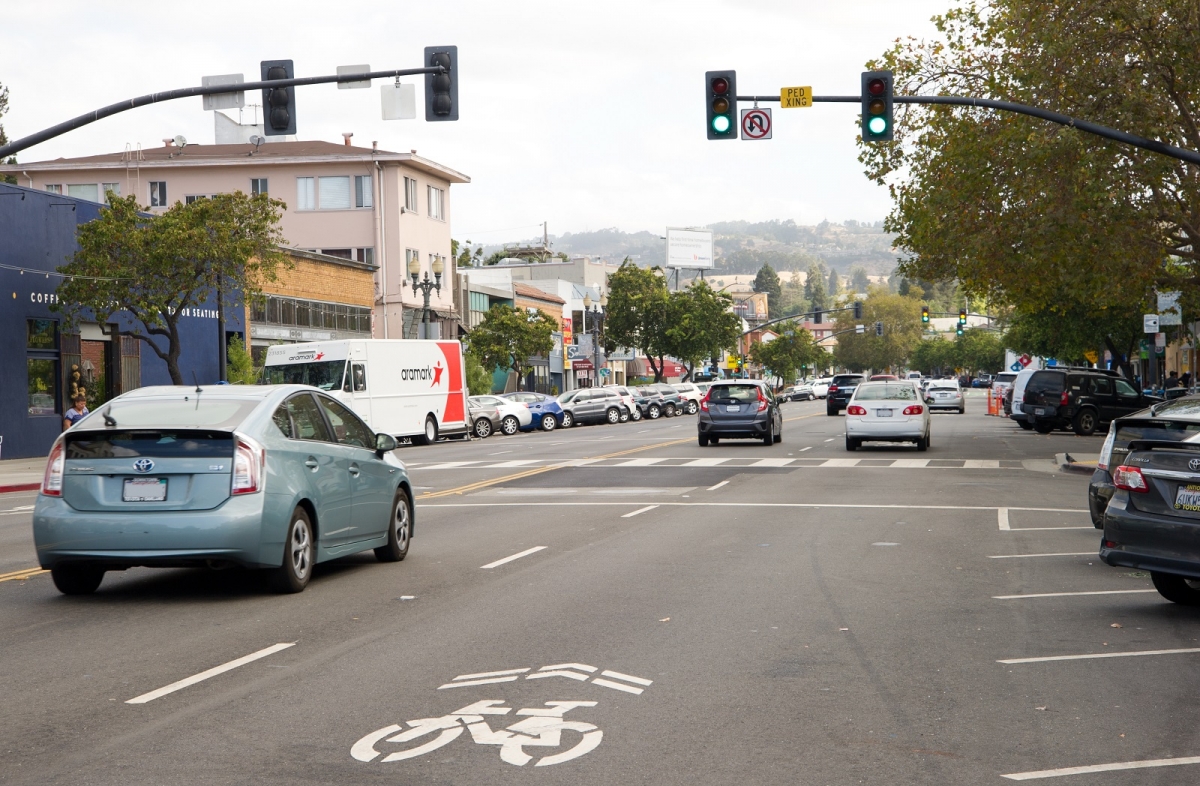2018 Election Results: What Do They Mean for Active Transportation?
As the media has fully covered, the November elections resulted in Democrats getting the majority in the U.S. House of Representatives and Republicans retaining their majority in the Senate. That means we have a divided Congress and compromise will be needed for any legislation to move forward.
States Leap Ahead with TAP Funding
Every quarter, we look at how state departments of transportation are handling their allocations for the Transportation Alternatives Program (TAP). This is a particularly important quarter as it marks the end of the federal fiscal year, which is the deadline for states to obligate their FY2015 funding or lose it.
How Driverless Cars Will Interact with a Human World
This blog post was written by Haden Kirkpatrick.



